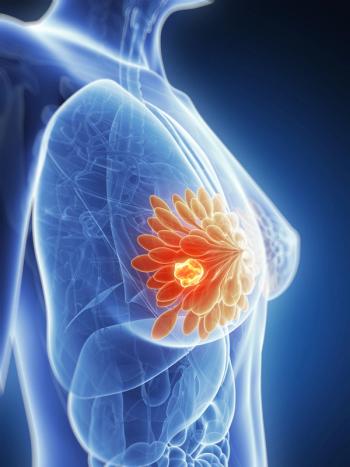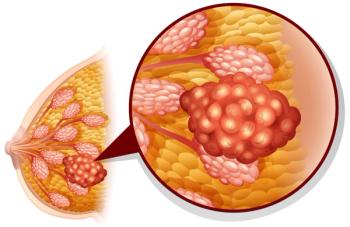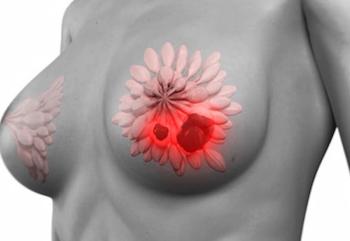
Oncology NEWS International
- Oncology NEWS International Vol 9 No 5
- Volume 9
- Issue 5
MRI Screens Women With Familial Breast Cancer
CHICAGO-In a screening program for young women with a high susceptibility for developing breast cancer, magnetic resonance imaging (MRI) proved more effective than mammography or ultrasound in detecting cancers, German researchers reported at the 85th Annual Meeting of the Radiological Society of North America (RSNA).
CHICAGOIn a screening program for young women with a high susceptibility for developing breast cancer, magnetic resonance imaging (MRI) proved more effective than mammography or ultrasound in detecting cancers, German researchers reported at the 85th Annual Meeting of the Radiological Society of North America (RSNA).
The Screening Program
In 1996, researchers at the University of Bonn began a multicenter trial on the identification and care of women who carry gene mutations associated with breast cancer or who have a strong personal or family history of breast cancer.
These women were entered into a screening program that consists of a clinical visit and ultrasound twice a year, and two-view mammography and MRI once a year.
Of 262 women in the study, 105 have undergone the full screening protocol and been followed for 3 years. Fifteen have been diagnosed with breast cancer, nine asymptomatic and six symptomatic.
Christiane K. Kuhl, MD, reported that breast MRI was the only imaging modality to detect and correctly classify cancer in all nine of the asymptomatic women and all six of the symptomatic patients. Mammography and ultrasound combined detected cancer in only four of the nine asymptomatic women and four of six symptomatic individuals.
Breast MRI also produced fewer false-positive findings than mammography or ultrasound. Mammography had 7 false-positive biopsy calls, ultrasound had 19, and MRI had 5.
MRI maintained a consistent positive predictive value and high specificity (see Table) despite a high prevalence of patients with MRI contrast enhancement that was classified as insignificant, benign, or cyclical-phase induced (52%).
In these high-risk women, MRI is able to identify breast cancer that is occult on both mammography and ultrasound, Dr. Kuhl said.
Articles in this issue
over 25 years ago
HRT Not Associated with Lower Survival After Breast Cancerover 25 years ago
Age No Contraindication to High-Dose Therapy in Myelomaover 25 years ago
ASCO Urges Passage of Patient’s Bill of Rightsover 25 years ago
RT Not Necessarily an Impedance to Breast Reconstructionover 25 years ago
New Adjunctive Regimens for Breast Cancer Treatment Are Under Studyover 25 years ago
NCCN Prostate Cancer Practice Guidelines Revisedover 25 years ago
ERT Does Not Increase Endometrial Cancer Recurrenceover 25 years ago
Radiochemotherapy/Transplant in Low-Grade Lymphomasover 25 years ago
Fish Oil Supplements May Improve Cancer Therapies’ Effectivenessover 25 years ago
Study of Dying Cancer Patients Reveals Importance of RitualsNewsletter
Stay up to date on recent advances in the multidisciplinary approach to cancer.





















































































